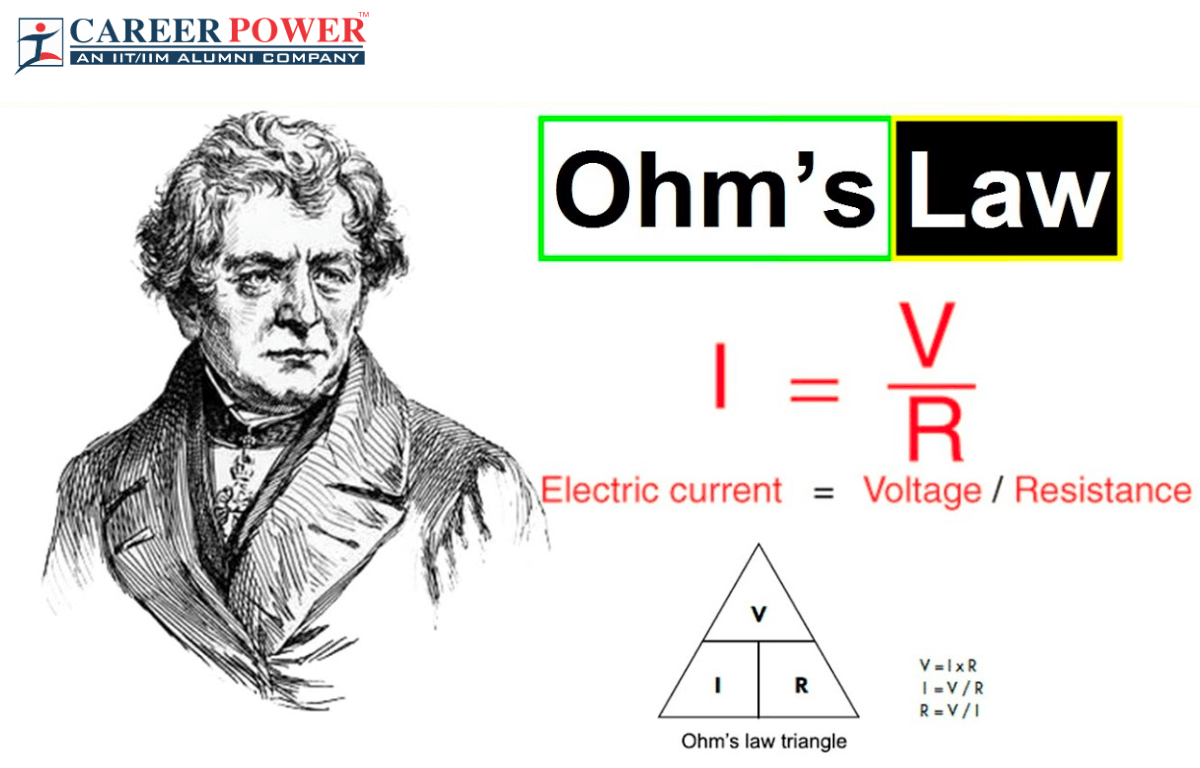Physics - electric currents
1/14
There's no tags or description
Looks like no tags are added yet.
Name | Mastery | Learn | Test | Matching | Spaced |
|---|
No study sessions yet.
15 Terms
What is an electric current?
An electric current is the flow of electric charge, usually carried by moving electrons, through a conductor.
What is the unit of electric current?
The unit of electric current is the ampere (A).
What device is used to measure electric current?
An ammeter is used to measure electric current.
How is current represented in an equation?
Current is represented by the symbol I in equations.
What is the difference between direct current (DC) and alternating current (AC)?
DC flows in one direction, while AC changes direction periodically.
What does a complete circuit need for current to flow?
A complete circuit requires a power source (like a battery), a closed path, and a load (like a light bulb).
What is the relationship between voltage and current?
The higher the voltage, the greater the current (if resistance stays constant).
What is Ohm’s Law?
Ohm’s Law states that current (I) equals voltage (V) divided by resistance (R)

What are conductors?
Conductors are materials that allow electric current to flow easily, like metals (e.g., copper).
What are insulators?
Insulators are materials that do not allow electric current to flow easily, like plastic and rubber.
What is the conventional current direction?
Conventional current flows from the positive terminal to the negative terminal of a power source.
What are electrons and their role in electric current?
Electrons are negatively charged particles that move through conductors, creating electric current.
What happens to the current in a series circuit?
In a series circuit, the same current flows through all components.
What happens to the current in a parallel circuit?
In a parallel circuit, the current splits and flows through multiple branches.
What is the formula for electric charge?
Electric charge (Q) is the product of current (I) and time (t):
